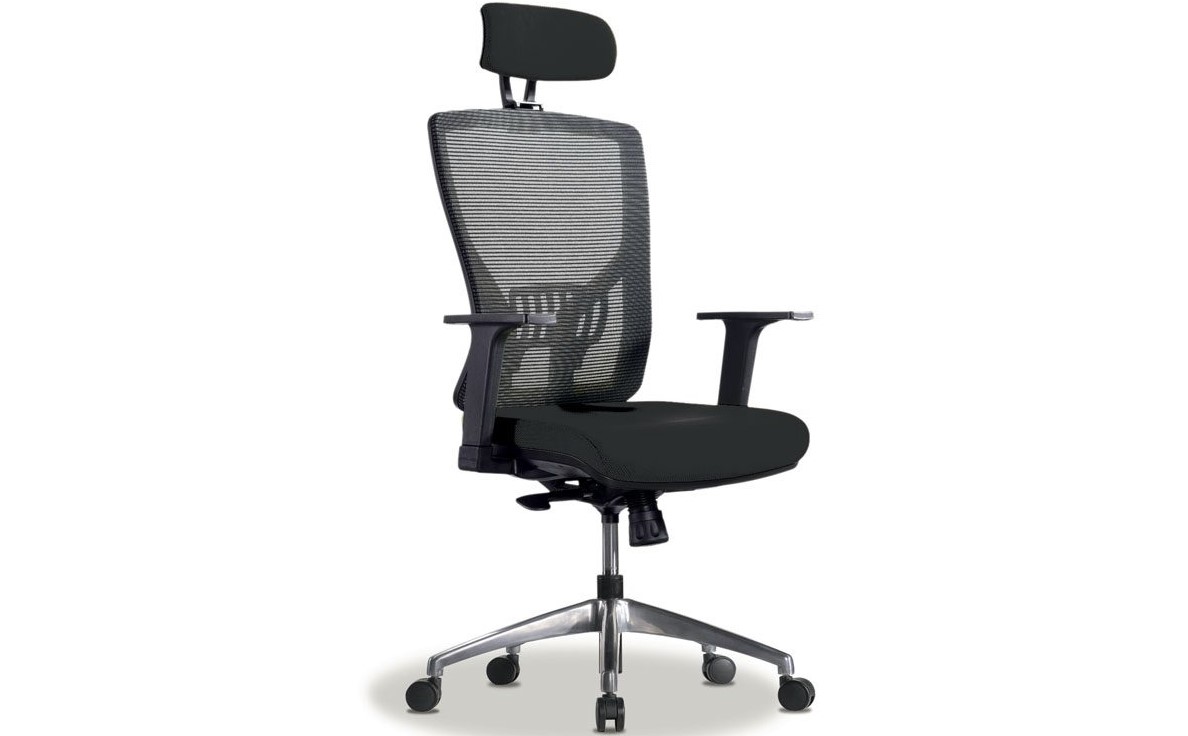Sitting on a chair that tilts or leans can have negative effects on your back and joints. It is a common occurrence in office chairs, especially after using them for a while.
If your office chair has this problem, you should immediately find a solution considering the many hours you spend sitting on it. In this article, we will show you just how to fix an office chair that leans forward for a pain-free posture and more productivity.
Why does my office chair lean forward?
If you are using an adjustable office chair and it’s not broken, the problem could be the set tilt position. You need to adjust the office chair tilt using the tilt adjustment knob, usually located beneath the seat pan of your chair.
Besides the chair’s levers, the other reasons for your chair leaning forward include;
- Loose or broken casters: Casters allow the chair to move around easily. Loose or missing screws on the casters, or bent casters, can make your chair tilt in a certain direction.
- A loose swivel seat plate: Swivel seat plate is the metallic plate underneath the seat pan that allows your chair to swivel. With loosened screws or a bent swivel plate, your chair can lean in one direction.
Read Also: How to fix an office chair that won’t stay up
How to fix an office chair that leans forward
Depending on the source of the problem, you can use any of these methods to fix a leaning office chair.
1. Adjusting the tilt adjustment knob
- Get seated on your office chair, with your back against the backrest and a 2-inch gap between your knees and the edge of the seat pan.
- Locate the tilt adjustment knob, which is usually below the seat pan.
- Push down on the knob, making the seat pan move forward, and then release the knob. This helps in regulating blood flow as you work for the entire day.
- Then push the tilt adjustment knob again, and instead of tilting forward, tilt the seat pan backward. Release the knob after that.
- To adjust the angle of the backrest to fit your back, locate the knob locking the backrest angle in place at the back of the chair.
- Unlock the backrest angle and lean forwards and backward until you find the right angle. The lock the backrest into place.
- Not all chairs allow for backrest angle adjustment.
- If the levers are okay but the chair still leans forward, move on to the other causes of this problem.
Read Also: The best reclining office chair with footrest
2. Loose or broken casters (wheels)
For this, you may need a flat tip screwdriver, Philips head screwdriver, and an adjustable wrench.
- Turn the chair over to easily access the casters.
- Check for any loose screws or bent/broken casters.
- Tighten any loosened screw firmly using the appropriate screwdriver.
- Replace missing screws and broken casters with new ones.
- If the casters aren’t the problem. Check the swivel seat plate.
3. Loose swivel seat plate
- Turn the chair upside down and locate the metallic plate underneath the seat.
- Check if all the bolts are tightly screwed into the plastic seat rest holder.
- Tighten any loose bolts using the adjustable wrench.
- If there are bolts missing, get replacement bolts and screw them firmly using the wrench.
- If the bolts check out but the chair still leans, the problem could be that the seat plate is bent. In that case, you will need to replace the seat plate.
In most cases, you should be able to stop the office chair from tilting forward by following the above steps. However, you may have to replace the chair with a new one if it’s too old and worn out beyond repair. There are top-quality office chairs for lower back pain you can get at a fair price.

